Search Results
Josh
Josh, 55, underwent multiple treatments for lymphoma, but continued to relapse. A little more than year ago, he was treated with CAR-T immunotherapy at UCLA (Kite Pharma’s clinical trial Zuma 1 supported by LLS). And within a few weeks he had a complete response to the treatment. On September 12, 2017, scans showed that he remains cancer-free 15 months later.
In 2010, Josh, age 49 at the time, was with his wife on their honeymoon when he noticed a bean-sized lump on the back of his neck.
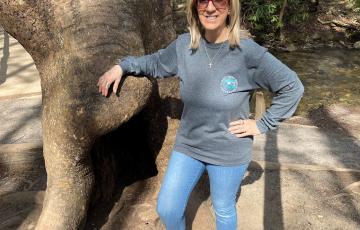
Janie
I was first diagnosed with stage 4 diffuse large B-cell lymphoma (DLBCL) in December 2017. I got through Christmas very weak and started chemo the first week of January 2018. My son had given me a Winnie the Pooh stuffed animal that Christmas, so Winnie became my mascot and went with me to every chemo treatment for the entire six months. Everyone at my cancer center loved to hug Winnie. He is very soft! He was brave and strong, even when my doctor told us we needed to add two additional treatments to complete the dosage protocol.
Emily
Emily, a 32-year-old mother of three young children, was diagnosed with non-Hodgkin lymphoma in August 2013. After a whirlwind of intense treatments over the next two years including chemotherapy, a stem cell transplant and months of hospitalization, Emily relapsed soon after each treatment. In January 2015, Emily was given a devastating prognosis – doctors said she had six months to live.
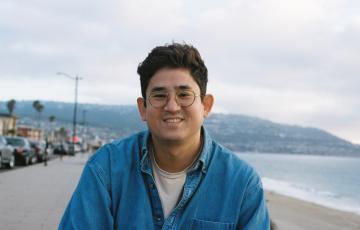
Paul
I was first diagnosed with acute lymphoblastic leukemia (ALL) at age 25 and since then I've had two bone marrow transplants and CAR-T. For the past 8 years I have been on and off "healthy" and undergoing or actively recovering from treatment. I talked about some of the things I did during those treatments to help my motivation and morale, but there is a lot about the treatments themselves that were unique to someone like me, a mixed race, young adult with blood cancer.
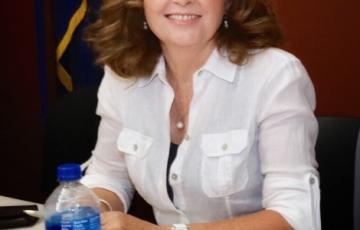
Trish
After being diagnosed with indolent Follicular non-Hodgkins lymphoma (NHL) in 1999, I set off on a course of “Watch and Wait” for two years. This was followed by an idiotype vaccine trial and immunotherapy resulting in some clinical success, but with short-lived remissions.
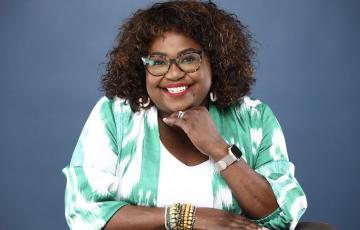
Tawilhua
My name is Tee, and I am a survivor of multiple myeloma (MM), a rare blood cancer. Before my diagnosis, I was an active principal at the school where I worked, was involved in my community, and lived a life of purpose. And then I was diagnosed with the “Big C.”
Today, I still have a purpose-filled life, it simply looks different than before. Telling my cancer story is a part of living a fulfilled life after a cancer diagnosis. So here is Tee’s story.
Relapsed and Refractory
Refractory non-Hodgkin lymphoma (NHL) is NHL that has not responded to initial treatment. Refractory disease may be disease that is getting worse or staying the same.
Relapsed non-Hodgkin lymphoma (NHL) is NHL that responded to treatment but then returns.
Childhood and Young Adult Resources
On this Page:
Resources for Children, Young Adults and ParentsOne-on-One Support
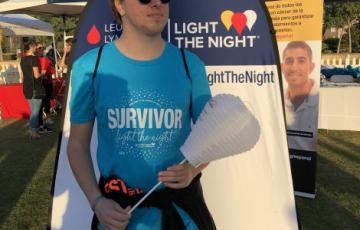
Alec
I am a caregiver and girlfriend to Alec Bishop. A strong and courageous man that has been fighting primary mediastinal B-cell lymphoma for over a year and a half. He was diagnosed in August 2017 with a softball-sized tumor pressing on his superior Vena Cava. He went through 6 cycles of R-CHOP chemotherapy only to relapse with a new tumor a month after his last cycle of chemo.

Amanda
Amanda was a Woman of the Year candidate this past spring, raising over $186,000 for The Leukemia & Lymphoma Society (LLS).
She is a multiple myeloma (MM) survivor and just received the newly approved for MM, CAR-T cell treatment, 5 days before the fundraising campaign finale.
LLS first met Amanda when she was pushed through the front doors of the office in her local region, in a wheelchair.

What causes acute myeloid leukemia?
Table of contents:
Clinical Trials
Taking part in a clinical trial may be the best treatment choice for some chronic lymphocytic leukemia (CLL) patients. Clinical trials are under way to improve remission rates for CLL. Today's standard treatments for cancer are based on earlier clinical trials. The Leukemia & Lymphoma Society continues to invest funds in CLL research.
Click here to read more about clinical trials.
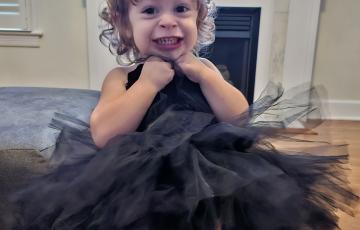
Jeanne
After initial chemo and radiation for stage 4 diffuse large B-cell lymphoma (DLBCL), I went into remission for 10 months. I had more chemo but couldn't tolerate it. CAR T-cell therapy seemed to be my best option. I received Yescarta® in March 2022. I was in the hospital for three weeks. I had some side effects, but they were treated immediately and resolved. I have been in remission for 19 months. I have had some residual effects ― low white blood cells which are slowly increasing, low hemoglobin which has finally come up to normal, and low immunoglobulin.

Understanding AML vs. ALL: Navigating the complex field
Table of contents:
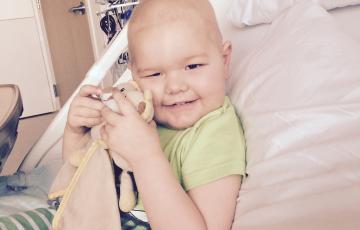
Jude
From 2013 to 2014, after he was diagnosed with acute lymphoblastic leukemia (ALL), Jude endured four cycles of intense chemotherapy, lengthy hospitalizations, difficult side effects, and months of home isolation. Jude's younger brother, Finn, was born in May 2014 in the middle of Jude's chemotherapy cycle. In August 2014, his family finally celebrated as Jude finished the more difficult part of treatment.
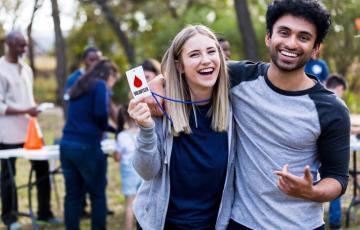
Because You Volunteer, Your Impact Creates a Ripple Effect
When you commit time and talent to a nonprofit’s mission – no matter how you choose to get involved – you become a volunteer, and the impact of your efforts runs far deeper than the specific project or task you work on. For example, volunteers don’t always realize that the hours they spent stocking shelves meant hundreds of families would have food for two weeks. Or that the time spent fundraising not only raised critical mission dollars but also added value upward of $1,250 to the organization’s bottom line.
Clinical Trials
Taking part in a clinical trial may be the best treatment choice for some myeloma patients. Clinical trials are under way to develop treatments that increase the remission rate of myeloma or cure the disease. Today's standard treatments for cancer are based on earlier clinical trials. The Leukemia & Lymphoma Society (LLS) continues to invest funds in myeloma research.
Adam
My wife left me after 33½ years of marriage (37½ including dating) and 2½ years into my remission. I read stories about a spouse, usually a male for some reason, who up and left his partner either during active treatment or when everything looked like the patient, the person, would live, but I never thought any of that would happen to me, and it sure as heck did. She fell out of love with me, with caring for me, with helping me. I may have been an ass, but I wasn't an asshole ― you know what I mean? She probably feels she didn't deserve any of this either, but . . .